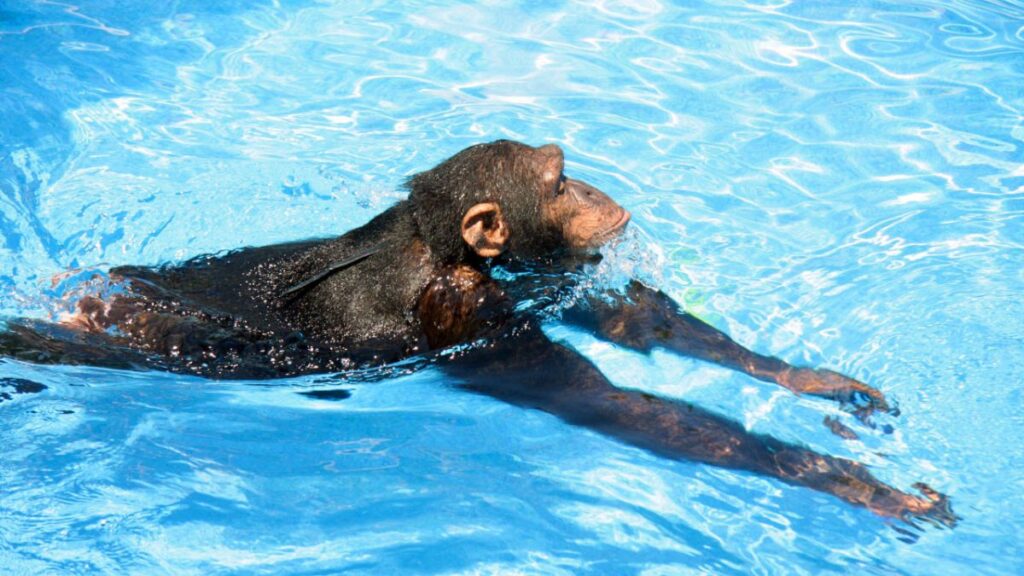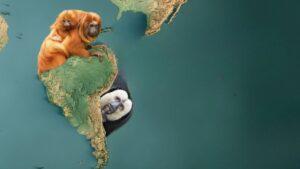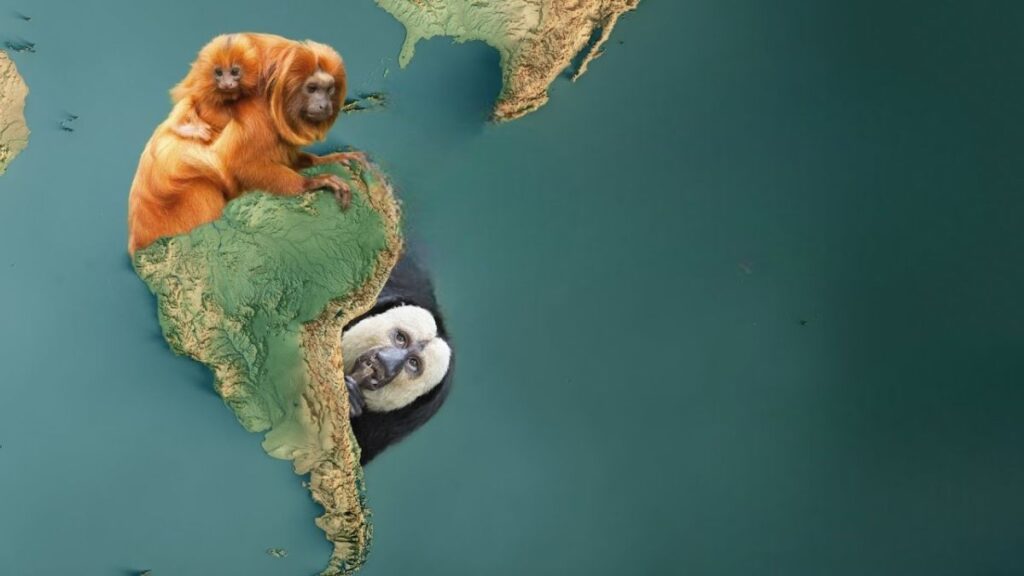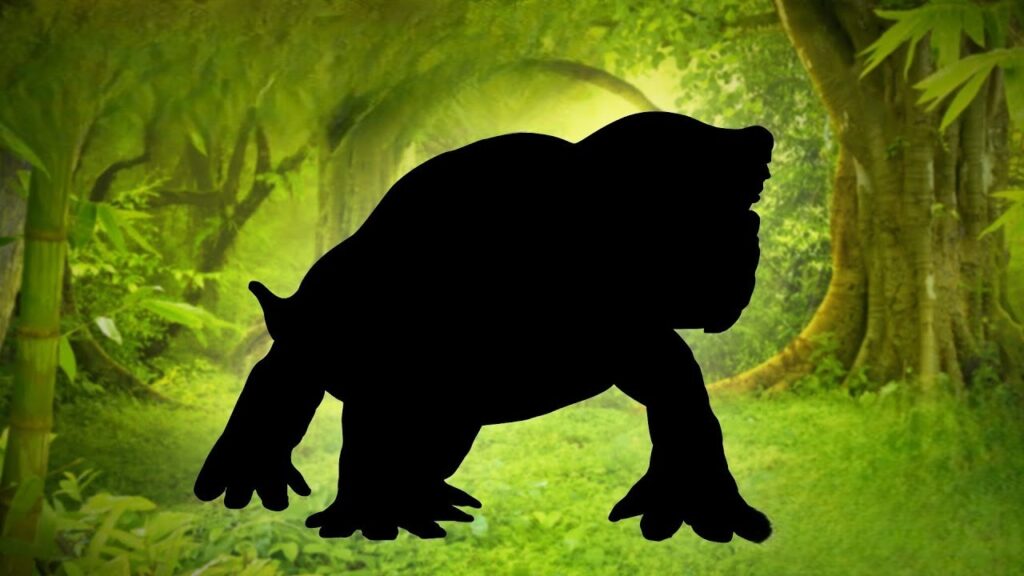These images show apes can swim like humans — by using a ‘frog-kick’ paddle.

For a long time, zoos have been using water moats to contain gorillas, orangutans, and chimpanzees. These primates would frequently drown when they ventured into deeper water, leading many to believe that this was a clear divide between humans and apes – humans love water and can learn to swim, while apes prefer to stay on land. However, two biologists are challenging this assumption.
Renato Bender, a PhD student in human evolution at the School of Anatomical Sciences at Wits University, and Nicole Bender, an evolutionary physician and epidemiologist at the Institute of Social and Preventive Medicine at the University of Bern, studied a chimpanzee and an orangutan in the US. A chimpanzee named Cooper and an orangutan named Suryia, both were raised by humans and taught to swim and dive.
They were amazed to see Cooper diving repeatedly into a pool in Missouri, feeling comfortable diving to the bottom of a six-foot deep pool to retrieve objects. Similarly, Suryia, filmed at a private zoo in South Carolina, demonstrated this unique swimming and diving ability and was able to swim a distance of 12 meters (39 feet) with ease.
“In order to keep the chimp safe, the researchers placed two ropes across the deepest part of the pool. Cooper showed immediate interest in the ropes and after a few minutes, he started diving into the two-meter-deep water to retrieve objects from the bottom. ‘It was a very surprising behavior for an animal that is believed to have a fear of water,’ said Renato Bender. A few weeks later, Cooper even started to swim on the surface of the water.
“We did come across other instances of swimming and diving apes, but Cooper and Suryia are the only ones we were able to capture on film. The exact moment when human ancestors began swimming and diving regularly is still unknown,” he added.
A report in the American Journal of Physical Anthropology reported that “Cooper and Suryia use a swimming style similar to the human breaststroke known as the ‘frog kick’, with Cooper using synchronized hind leg movements and Suryia using alternating leg movements”.
“According to the scientists, while the ‘dog paddle’ is an innate mode of movement for animals, humans and apes must learn the human-style breaststroke to swim.
The researchers believe that this unique swimming style exhibited by humans and apes could be due to their tree-dwelling ancestors needing alternative methods to cross rivers. This may have led to adaptations for an arboreal life.
The tree-dwelling ancestors of apes and humans may have lost their innate swimming abilities and developed other ways to cross small rivers, such as wading upright or using natural bridges.
While great apes do not have a natural ability to swim, humans have a strong attraction to water and can learn how to swim and dive, which has been demonstrated by the recent discovery of a chimpanzee and orangutan swimming like humans.
“The swimming and diving behavior of great apes has been largely overlooked in anthropology, despite extensive studies on these animals. The Benders hope that their research will encourage further investigation in this area,” said co-author Dr. Nicole Bender from the University of Bern in Germany.
“This topic is becoming increasingly focused on in research,” says Renato Bender from South Africa. “There is still much to discover,” he added.
Explore:

![Moon Jellyfish has [ Hidden Secrets ] You don't know moon jellyfish](https://spaceupper.com/wp-content/uploads/2022/11/1-1-300x169.jpg)









